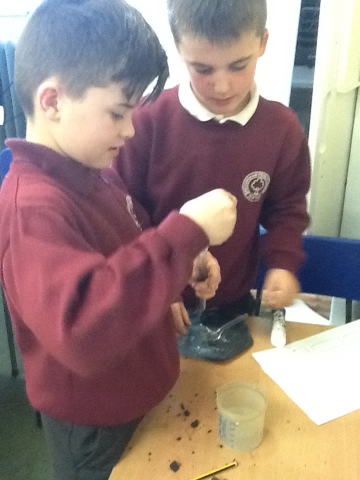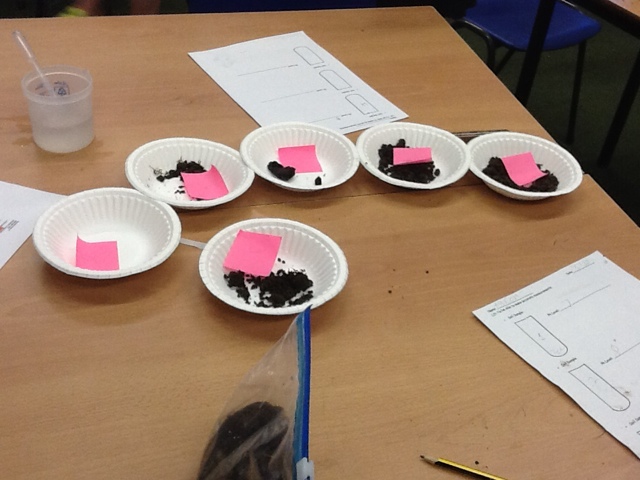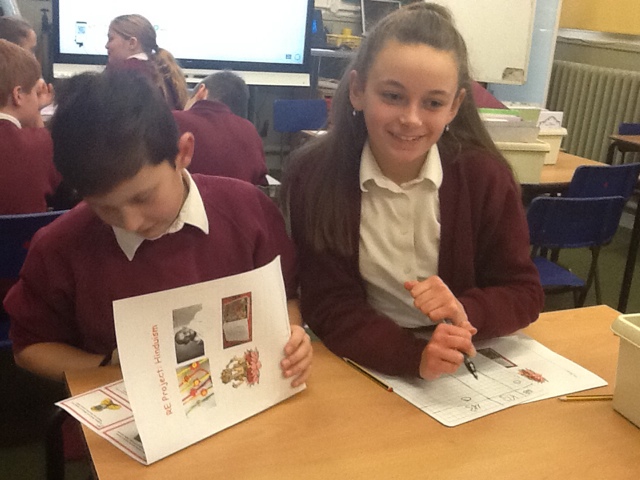Kestrels class enjoyed testing the ph levels of soils. Our learning began with discussing how the testing of soils could be used as evidence for a crime scene. We worked well in small groups and shared a range of ideas: analysing marks left by finger prints or shoe treads, evidence of DNA and giving clues as to what could have been buried in the soil.
We used a range of equipment to analyse our soil samples accurately: pipettes, litmus paper and colour ph level charts. The best results were achieved when we made a slightly runny solution with soil and water in addition to giving the litmus paper time to change colour.
Some groups chose to label the soil samples carefully and use this information when recording our learning.
Most of our results were within a neutral ph level score. We tried repeating investigations to test our accuracy.
At the end of our lesson we shared ideas of substances we could try to test to gain a range of ph levels such as: orange juice, cooled black coffee, milk, vinegar, lemon juice and baking soda. We look forward to investigating these scientific ideas next week.
Thank you to all those children who brought in soil samples from home.

















































